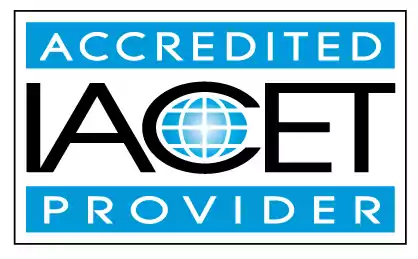Describe common myths and facts about safe sleep for infants and young toddlers.
Learn common myths and facts about safe sleep for infants and young toddlers, as well as discover appropriate crib guidelines to ensure their safety. This page aims to provide caregivers in early childhood education and child care centers with valuable information on safe sleep practices.Trainings incorporating this outcome
CDA Subject Areas
Proficiency Level
Target Audience
Topic Areas
States
Alabama (6) Alaska (6) Alberta (6) Arizona (6) Arkansas (3) Australia (6) British Columbia (1) California (6) Colorado (6) Connecticut (6) Delaware (6) District of Columbia (6) Florida (6) Georgia (5) Hawaii (6) Idaho (6) Illinois (3) Indiana (6) Iowa (6) Jamaica (5) Kansas (6) Kentucky (3) Louisiana (6) Maine (6) Manitoba (5) Maryland (6) Massachusetts (6) Michigan (6) Minnesota (5) Mississippi (6) Missouri (2) Montana (6) Nebraska (5) Nevada (5) New Hampshire (6) New Jersey (3) New Mexico (6) New York (5) Newfoundland and Labrador (6) North Carolina (4) North Dakota (5) Nova Scotia (5) Ohio (6) Oklahoma (6) Ontario (3) Oregon (5) Pennsylvania (5) Prince Edward Island (5) Puerto Rico (5) Quebec (5) Rhode Island (6) Saskatchewan (6) South Carolina (2) South Dakota (6) Tennessee (2) Texas (7) Thailand (5) United Kingdom (5) Utah (6) Vermont (6) Virgin Islands (6) Virginia (6) Washington (6) West Virginia (6) Wisconsin (5) Wyoming (4)
120 hours courses
45 hours courses
24 hours courses
16 hours courses
3 hours courses
2 hours courses
Related Outcomes
- Explain appropriate crib guidelines for caregivers to ensure safe sleep for infants and young toddlers.
- List the most common reasons why infants and toddlers bite.
- Describe the impact of culture on infant and toddler development
- Give examples of strategies caregivers can use to ensure safe sleeping habits and the prevention of SIDS/SUIDS in infants.
- Apply strategies caregivers can use to ensure safe sleeping habits and the prevention of SIDS in infants
- Describe the use of safe sleep practices.
- Describe Sudden Infant Death Syndrome and identify preventive measures.
- Identify types of abuse in infants and toddlers.
- Demonstrate an understanding of developmentally appropriate practices for infants and toddlers with developmental, emotional, cognitive, language and/or physical needs.
- Identify infant and toddler materials and equipment
- Demonstrate understanding of appropriate interaction with infants and toddlers.
- Describe how caregivers can help to prevent sudden infant death syndrome.
- Identify strategies for integrating culture and diversity into an infant and toddler program
- Define Nevada laws and regulations for safe sleep practices.
- Define active play in the early childhood classroom and describe its benefits for young children.
- Give examples of strategies to prevent traumatic brain injuries in infants and young children.
- Define healthy practices to mitigate the spread of germs and decrease the likelihood of SIDS in infants and toddlers.
- List safety risks for infants and toddlers and strategies to diminish these risks.
- Identify the most common sources of stress for young children.
- Identify strategies to ensure appropriate infant and toddler supervision.
Related Articles
- Online SIDS Training with Certificate: Texas
- Lesson Planning for Infants and Toddlers
- Nevada initial training requirement for SIDS
- Child care education
- The Role of Safe Sleep Practices in Reducing SIDS Risk
- These Adult and Pediatric CPR Facts Will Shock You!
- Protecting Infants and Preventing Sleep-Related Incidents
- Why Safe Sleep Training Matters: Preventing SIDS and Promoting Infant Well-Being
- Safe Sleep Practices for Infants and Toddlers: Protecting Little Lives
- 🗣️ How Can I Talk to Parents About Bullying Without Blame or Conflict?🤝
- 👶😴 Is It Normal for Toddlers to Scream or Cry After Waking Up?
- Recognizing Early Signs of Sensory Processing Challenges
- 😫🧸 What Should I Do When a Baby Won’t Nap in the Classroom?
- Supporting Children with Big Emotions in the Classroom
- Safe Sleep Practices for Infants in Child Care
- Infant cues 101: hunger, tired, overstimulation, and comfort signals
- How to Start a Daycare in Nevada
- How to Start a Daycare in Illinois
- Communicating with families: tough conversations with respect
 12 CEUs
12 CEUs